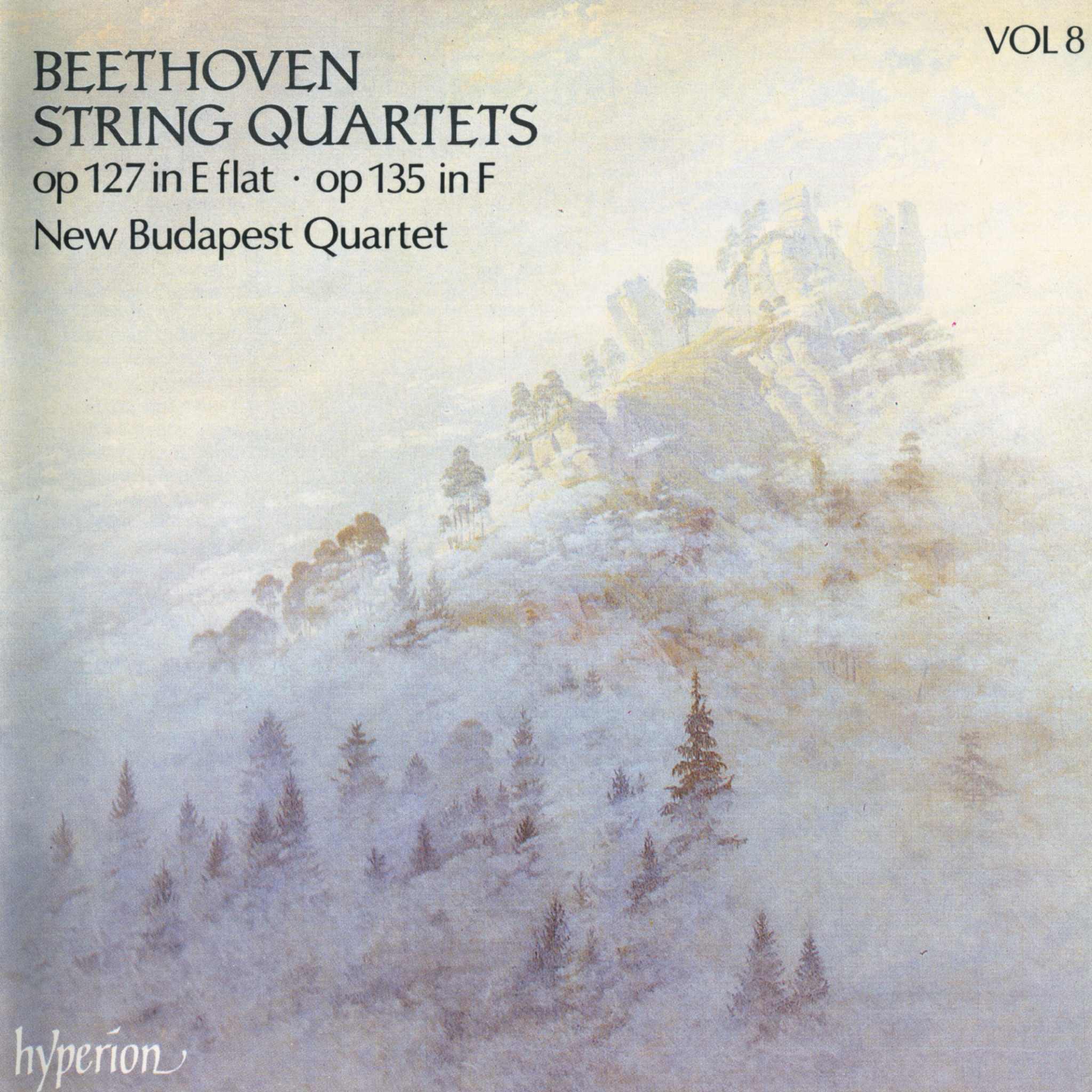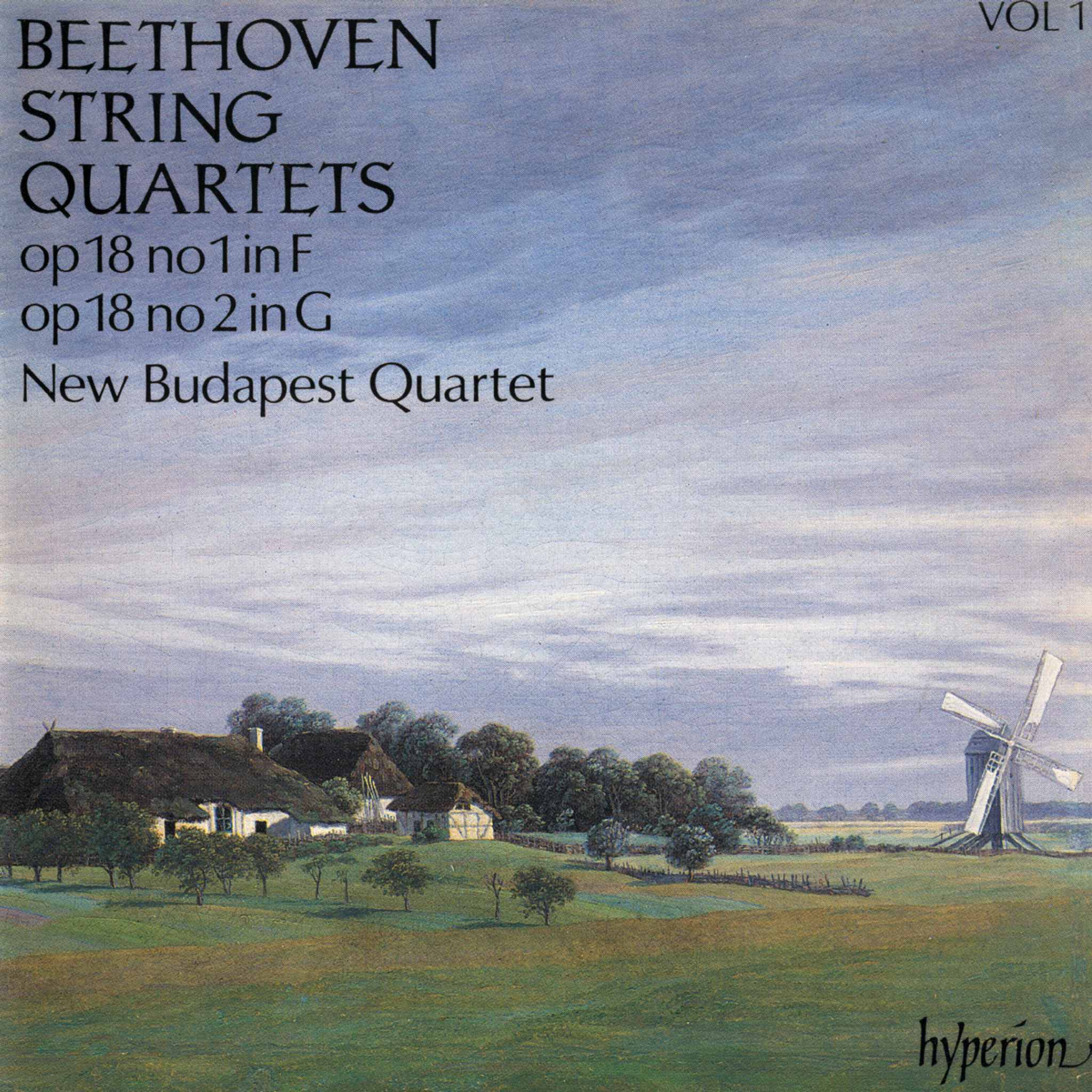Album insights
The conquest of what would later be known as Mexico, the fall of the Aztecs, the destruction, and the subsequent rebuilding of Montezuma's city, Tenochtitlán, into the Spanish town of Mexico, all occurred suddenly and proved to be devastating events. The Spaniards' actions, including plundering riches, enslaving the populace, imposing a foreign rule, and coercing conversion to a new religion, are met with a mix of empathy for the soldiers' ambitions for power and wealth, as well as their strong belief in spreading the Catholic faith as part of Spain's divine mission.
The foundational drive behind these events was not merely driven by the conquerors' natural greed and quest for power. The zealous dedication of the early missionaries cannot be denied. Through education and a genuine desire to save souls, they found success, using music as a crucial tool, strategically applied with great success.
Various religious orders, such as the Dominicans, Franciscans, and Augustinians, established widespread missions in the conquered territories. The very first missionaries in Mexico hailed from Gent in the Spanish Netherlands. Pedro de Gante, authorized by the Emperor himself, is recognized as the influential first musical missionary in the region.
In a matter of years, the indigenous languages, particularly Nahuatl, were mastered, and locals were educated in schools and seminaries - replicating Old Spain in New Spain. The establishment of a new city in Mexico in 1531 coincided with Pizarro's incursion into Peru. The city, named Puebla de los Ángeles, was distinctly Spanish yet constructed by local and imported labor. A cathedral was initiated, aspiring to rival Spain's grand cathedrals. Simultaneously, the appearance of Our Lady of Guadalupe in 1531 provided a timely center for Catholic devotion. The shaping of New Spain in the image of the old was now irreversible as musicians and craftsmen were imported, instructing locals in all arts of instrument-making.
Mexican Indian talents were highly esteemed, particularly their musical abilities noted early on by Pedro de Gante and peers. Their quick acquisition of skills in reading, writing, singing, and playing instruments impressed travelers. The influence of imported black individuals, valued for their strength, soon spread due to their dancing and drumming skills.
The ecclesiastical structure and cathedral practices of Seville were imported, making it the mother church of New Spain. Music in the cathedrals of Puebla and Mexico City followed Seville's customs, with Puebla also incorporating traditions from Toledo.
Musicians and their repertoire displayed distinct Spanish characteristics. Morales' music at the memorial service for the death of Charles V in 1558 profoundly affected the congregation. Among non-Spanish composers, Palestrina from locations like Cuzco, Lima, Quito, and Bogotá to Guatemala and numerous cathedrals in Mexico gained significant popularity.
Next to emerge was Hernando Franco, the first notable maestro de capilla in Mexico. Moving on, Padilla's works for double choir present a stark contrast. He emerged as the most talented and confident composer of the colonial period in Central and South America. The "Non" works might raise eyebrows amongst experts, as they were unique adaptations for special occasions.
The pulsing continuo customary in Spanish churches included one or more organs, sometimes with bass reinforcement by a bajón (bass dulcian) and occasionally a harp. Padilla's six-part Lamentations, traditional and almost archaic, followed ancient polyphonic traditions.
Transitioning to Francisco López Capillas, the only significant composer born in Mexico, his music exuded freshness, simplicity, and charm. In his Easter Alleluia and Magnificats, López's compositions were direct and delightful compared to Padilla's more massive approach.
Finally, Antonio de Salazar from Seville, representing the last true conservative Hispanic composers. Salazar's compositions for vespers are credited for their regular inclusion in church services, particularly his Villancicos inspired by texts of the renowned Mexican writer Sor Juana Inés de la Cruz. O sacrum convivium by Salazar deserves a place in regular worship gatherings.
This musical journey, spearheaded by various talented composers, reflects both the religious fervor and cultural blend that shaped the musical landscape in colonial Mexico.





